If you visit our channel often, you will probably notice that we film a lot of compact crossovers, and that’s because it’s one of America’s most popular segments. Now two of the highest-rated options in this class are the Hyundai Tucson and the Kia Sportage, and they just happen to be siblings to one another. So, who wins in a 2026 Kia Sportage vs. 2025 Hyundai Tucson battle? Well, that is what we are about to find out!
Pricing and Equipment
So, to get things established here, let’s quickly talk about the pricing and option levels. Both Korean automakers are known for baking in a lot of value, so today we went for mid-level trims that are under the average new car purchase price in the U.S.
Starting with the Tucson, we have SEL Convenience trim, which comes to $36,190 with AWD and destination factored in.
Tucson (SEL Conv. AWD): $34,515 | Options: +$225 | Destination: $1,450 | Total: $36,190
Now for the Sportage, we also have the equal trim level in the structure, called X-Line. With the small group of features in the Premium package and destination, we come at an almost identical price tag of $36,065.
Sportage (X-Line AWD): $32,990 | Options: +$1,680 | Destination: $1,395 | Total: $36,065
Exterior Design
So, when it comes to relationship between Hyundai and Kia, their products tend to only share the high-level things that you can’t see, which has certainly always been the case with the Tucson and Sportage. They continue to both be bold in their own kind of way, and their mid-cycle refreshes revised some elements of the front design and lighting.
Speaking of lighting, these models are also bold with that. Tucson’s right and left side of the grille are actually dedicated stacked daytime running lights, and for 2026, Kia added the much larger amber DRL’s to the Sportage. As far as the headlights themselves, both are using LEDs, but only the Kia has projector LEDs for the low beams.
Continuing our way around to the sides, they have slightly different lengths even though they are on the same platform. Stay tuned for the full space breakdown later in the comparison, but in the meantime, you might have noticed that the Sportage has larger wheels, at 19-inches instead of 18’s.
Length: 183.5-inches (Sportage) | 182.7-inches (Tucson)
And out back, the wild design themes continue, especially in the case of the Hyundai which has fang-shaped LED taillights. Both have clean rear aesthetics, thanks to wipers hidden under their spoilers, and smooth rear fascia’s that hide the exhaust tips. We don’t award points for styling preferences but let us know in the comments below which one you prefer. It is point worthy, however, that Kia includes LED reverse lighting and turn signals as well.
Towing (as tested): Sportage: 2,000 lbs | Tucson: 2,000 lbs
Additional Features
But now checking out some of the individual odd and end features, both of their mirrors have heating and blind spot monitoring, and all their other active safety features are also included. The safety suite goes one step further in the Hyundai by including the excellent Highway Drive Assist system.
Finally, they both have their famously long warranties, which extend powertrain coverage to 10 years and 100k miles, and neither includes complimentary maintenance with Hyundai’s upcoming discontinuation of their 3-year-long program.
Alrighty, that’s it for the outside, so now let’s see which cabin gives you the best experience.
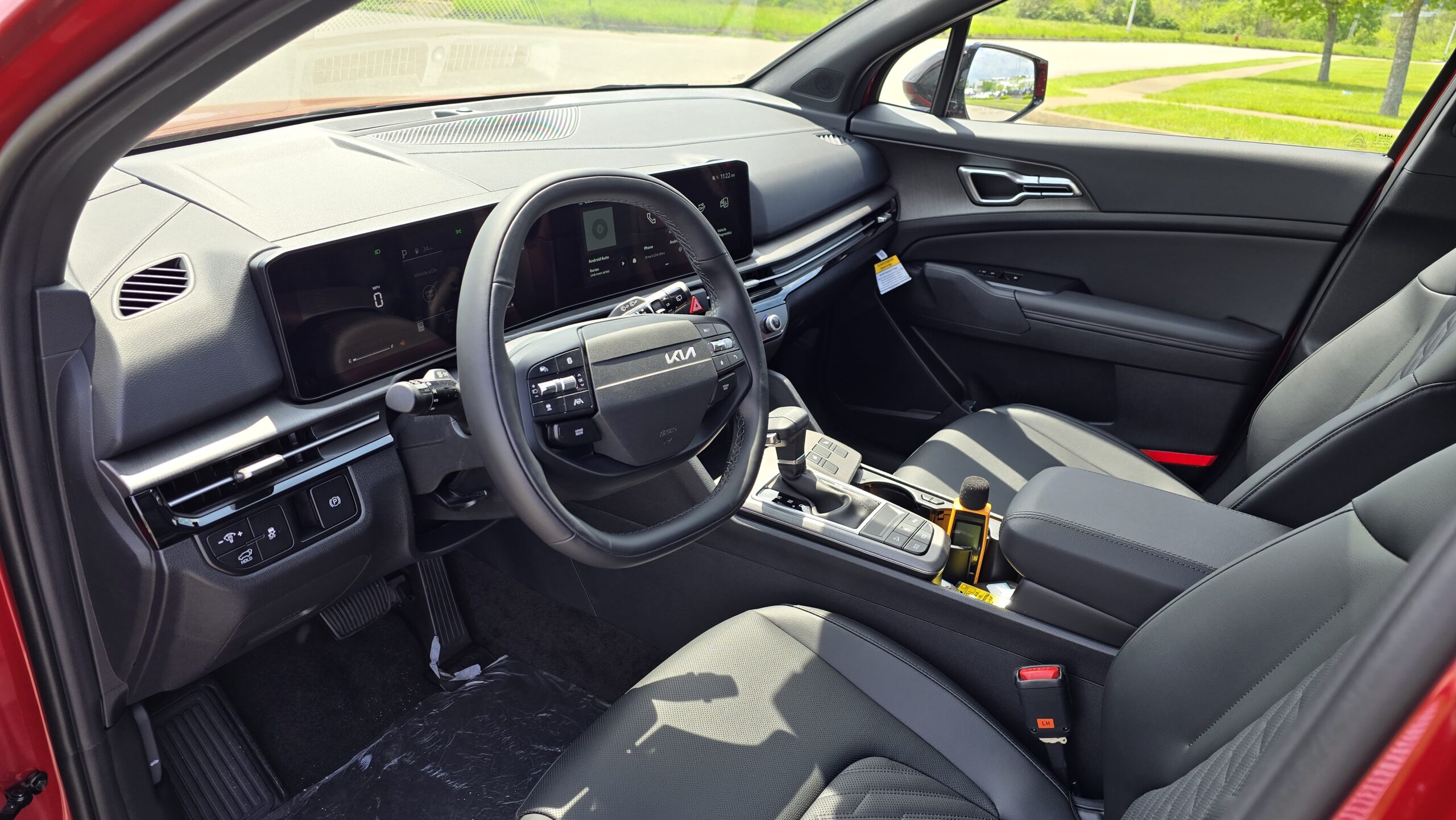

Interior Design
So, walking up the doors, both will come with Smart Entry systems and remote start from the fob. However, only the Tucson has sensors behind the door handles.
Now opening up the doors, you’ll find two interiors that are just as different from each other as the exteriors. Before we get into the specifics, let’s talk about the seats themselves. Both have 10-ways of adjustment with heating and are covered in pretty soft and nice-looking faux leathers.
Once we climb fully inside the cabins, we can check out the broad category of material quality. Both have similar materials for the most part, but the Sportage gets the edge due to more soft surfaces and the 2026 changes it made, which reduced the use of piano black trim for a more durable faux wood on those easily damaged areas.
After startup, you might initially think that they have the same gauge cluster but they don’t. Upon closer examination, the Hyundai uses the more premium version which allows for full customization of the 12.3 inches, while the Kia can only modify the center 4.2-inches.
Coming back to the steering wheels, besides the odd shape and off-centered logo on the Sportage, the features are the same, both having leatherette-wrapping and manual adjustment. Heating is offered on higher trims.
Storage and Technology
But moving on to one of our other most important elements, let’s discuss the storage. First of all, in our center consoles, we tested their volume with the signature donut test, and the Tucson can handle 3 more than the Sportage. Outside of that, both have front bins with wireless phone chargers. The Kia has a cool reconfigurable storage or cupholder setup and the Tucson fights back with a dedicated storage shelf. At the end of the day, both are pretty excellent for the segment of SUV.
On the console, these non-hybrid variants house traditional T-shifters. When in reverse, both have regular backup cameras with guidelines but no parking sensors.
Now moving up the dashboards, these two went with very different directions for the dual-zone climate controls. Hyundai brought back physical knobs for temp adjustment in the refresh, although other controls are in a small screen. The Sportage continues with the multi-function controls that are both climate and audio controls. This requires an extra step compared to the separate controls Hyundai is utilizing.
As far as the audio systems, we have 6-speaker sound systems on deck for both crossovers.
Tucson: 6-speaker audio
Sportage: 6-speaker audio
Now for the infotainment systems, both have 12.3-inch screens that have the new ccNC software which is shared between all the brands. This gives big performance upgrades and wireless Android Auto and Apple CarPlay. For some reason, only the Tucson has built-in navigation.
Moving up from there, only the Tucson has an auto-dimming mirror, but only the Sportage has a panoramic sunroof at this price point compared to the traditional size in the Tucson.
LOOKING TO BUY One OF THEse VEHICLES?
A smart next step would be to check our Car Quote Tool. This tool will connect you with local dealerships in your area to get you the BEST price, access to INVOICE PRICING information, and a monthly payment calculator. Get dealerships to compete for your business!
Rear Seats and Cargo
Now as we head into the rear areas, you’ll see impressive amounts of space. These are two of the largest offerings in the compact SUV segment, both with 41.3-inches of rear legroom and over 39 inches of headroom.
Tucson: 41.3 inches of legroom | 39.5 inches of headroom
Sportage: 41.3 inches for legs | 39.1 inches for heads
In addition to large accommodations, we have some decent amenities on board as well. Both have vents and 2 USB ports, with seats that recline. One noteworthy difference is that only the Kia has a padded armrest on the door trim and headrests that double at coat hooks.
Moving out back, both have power tailgates with hands-free smart opening.
And once inside, just like the back seats, you’ll see some of the largest cargo capacities in the class. While there are obviously some small differences in measurements between them, they are essentially equal. Both models have spare tires on the non-hybrid variants plus handles to fold the seats from the cargo area.
Tucson: Behind 2nd row: 38.7-cu.ft | Max: 74.8-cu.ft
Sportage: Behind 2nd row: 39.5 cubic feet | 73.7 cu.ft with the seats folded
Alright, this comparison is not over yet so now let’s take them out on the road and see how they stack up.
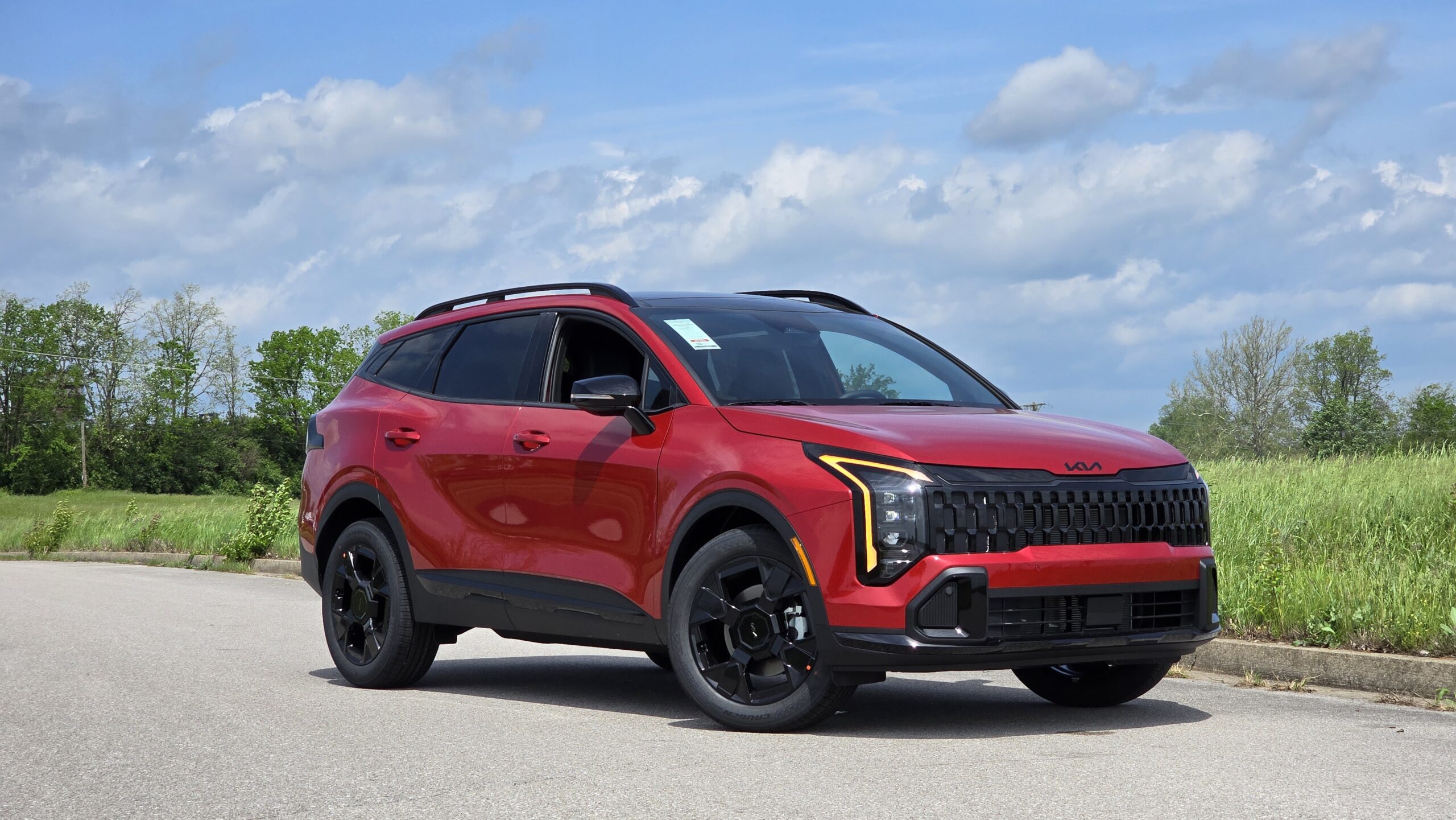
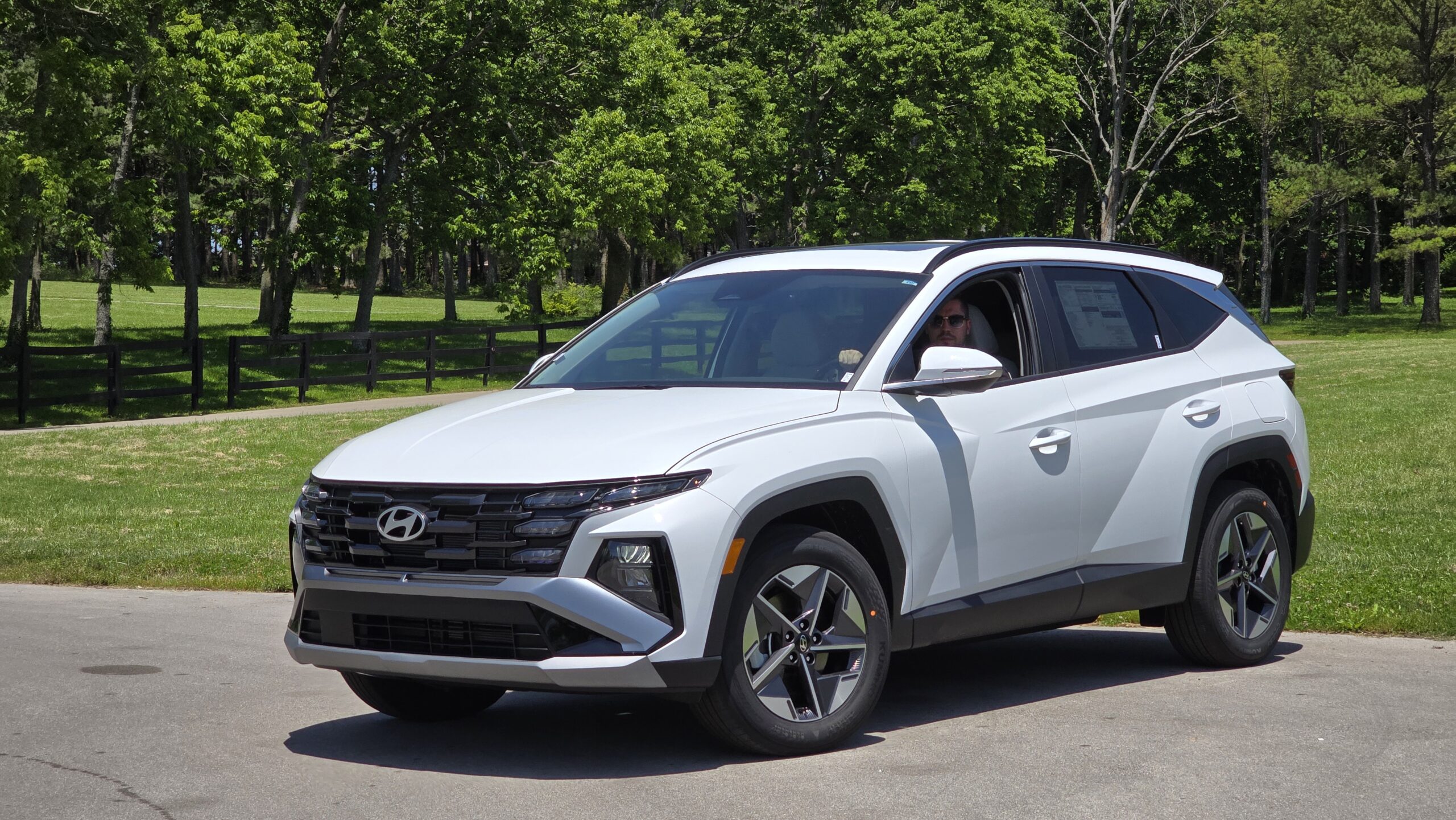
Powertrains
As was mentioned from the top of this comparison, these two are siblings but ones that only share what is not seen with the naked eye. That begins with what’s under the hoods, in this case 2.5L naturally aspirated 4-cylinder engines, making 187 HP. They both also have hybrid and plug-in hybrid variants as well if you prefer. Overall acceleration of these two are obviously the same and mid-pack against rivals.
Both: 2.5L I-4: 187 HP | 178 lb.ft
The other element of the powertrain is the 8-speed automatic transmission, which provides a conventional feel vs. the CVT’s that are common in this class. Both also have AWD systems.
Test Drive and Fuel Economy
Now, as far as other driving characteristics, both have nice ride quality. As we pointed out, the Tucson has one-inch smaller wheels, and it feels like its suspension is tuned to be marginally softer sprung than the Sportage. Neither of them is outright sporty, but they can hold their own when tossed around some corners.
Of course, one of the signature things we like to do on this channel is compare the sound levels of all the vehicles we test out. In our testing, we saw the Sportage outdo the Tucson by more than the 1dB difference that most humans’ ears can discern.
Tucson SEL Conv: 56.6 @ 55 MPH
Sportage X-Line: 55.2 dB @ 55 MPH
Lastly, for fuel economy, these AWD versions have the same MPG rating. Hybrid models improve these figures significantly.
Sportage Gas: 24/30/26 MPG
Tucson Gas: 24/30/26 MPG
Reliability, Resale, and Value
In our reviews and comparisons, we are also adding in reliability and resale information to give you a better picture of the overall value beyond just the original MSRP.
Beginning with reliability, we developed the Combined Reliability Index, which considers several studies from trustworthy sources, and combines them in a way that gives a more realistic picture. For the past few years, Kia has consistently outperformed its corporate sibling here, ranking 7 slots above the overall industry average. Meanwhile, Hyundai is 2 slots below the industry average.
We also put Mason’s economics degree to work to develop a detailed Predicted Resale Value tool. After 5 years and 60,000 miles, the opposite is true here, with Hyundai outperforming Kia. Its expected resale value is 55.4% of MSRP after 5 years, while Kia comes in at 49.0%.
Resale is obviously important because it determines how much money you get back, but we can’t forget about the price difference at the original purchase. In this case, there is barely even $100 between them, so that’s pretty much as close as it gets.
I want to emphasize that if money, reliability or resale value matter less to you personally, feel free to disregard these points. And if you’d like to check out all our data about reliability and resale values, as well as learn about our methodology, make sure to head to www.carconfections.com/resale and www.carconfections.com/reliability. Buying a car is a big decision, and this is a great place to compare all the makes you might be cross-shopping.
2026 Kia Sportage vs. 2025 Hyundai Tucson Winner!
So there you have it; these two fought hard and you really can’t go wrong when picking between these two. But let’s recap here with some pros and cons to find which one should be YOUR winner.
Sportage:
- Higher expected reliability
- Pano sunroof at this price
- Larger wheels
Tucson:
- Better expected resale value
- Easier-to-use climate controls
- Full-digital gauge cluster
Now we want to know your opinions, so make sure to head to the comment section and let us know which one you would pick!
Thanks for joining us for another Car Confections Comparison! We’ll catch you next time as we sample the latest automotive delicacies!
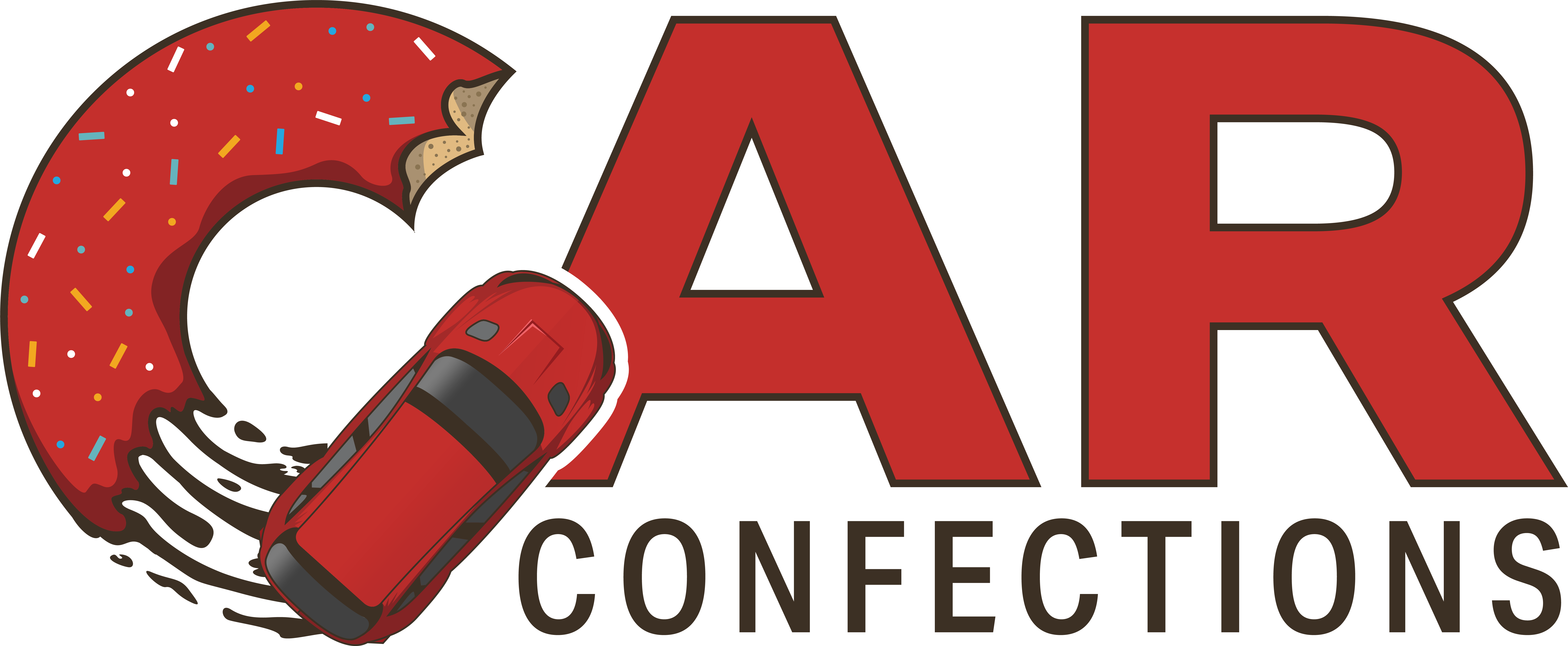

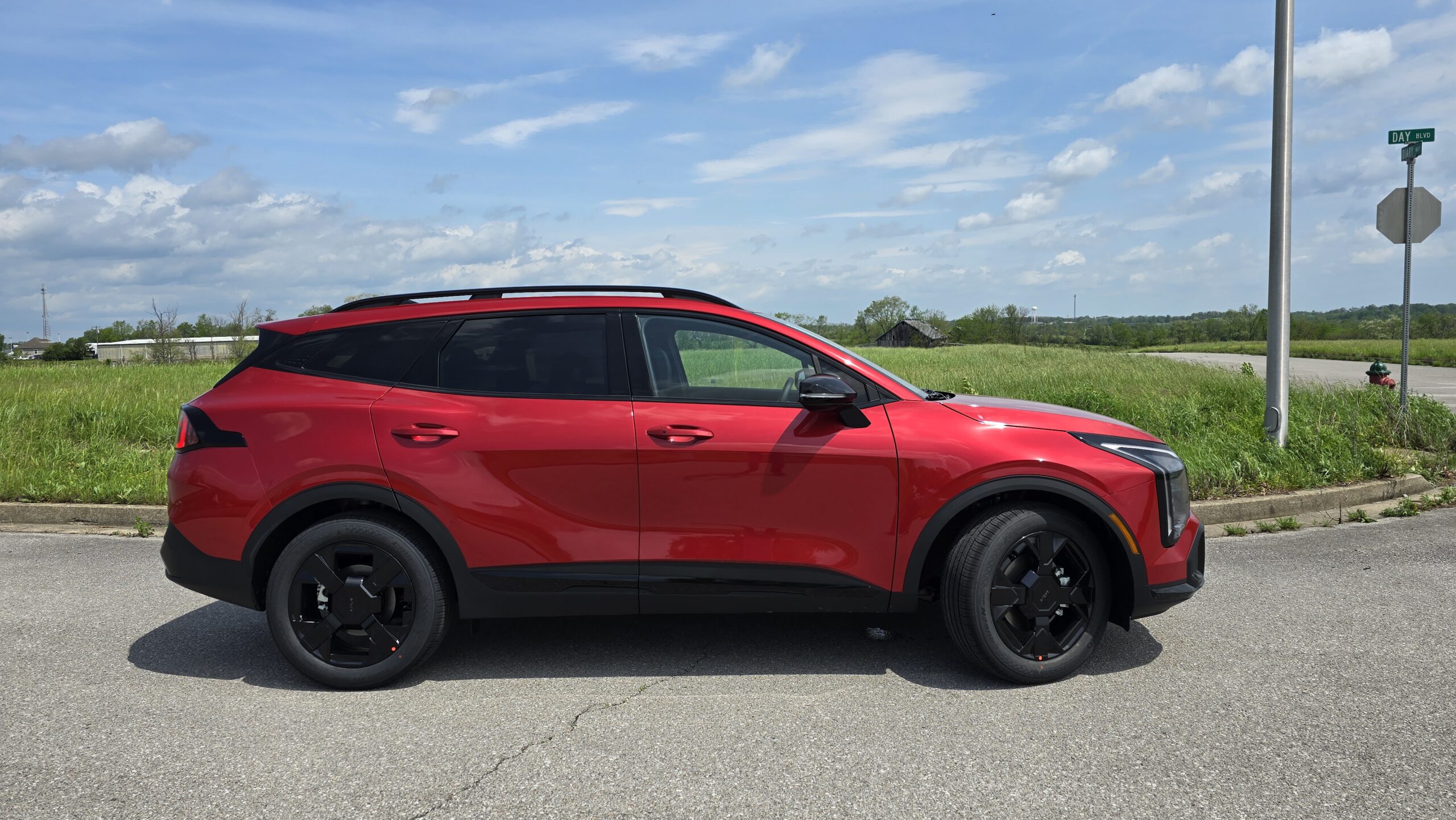




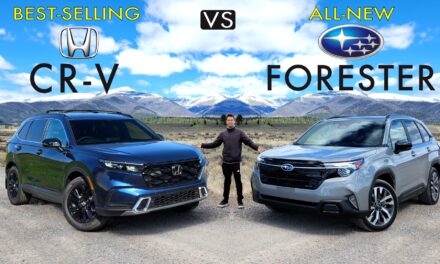

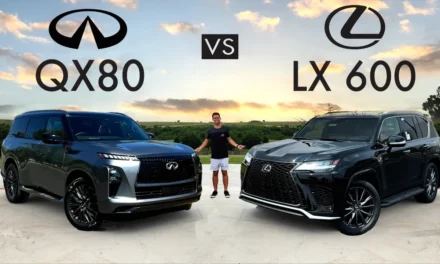



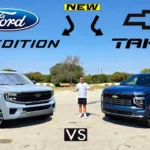


Recent Comments